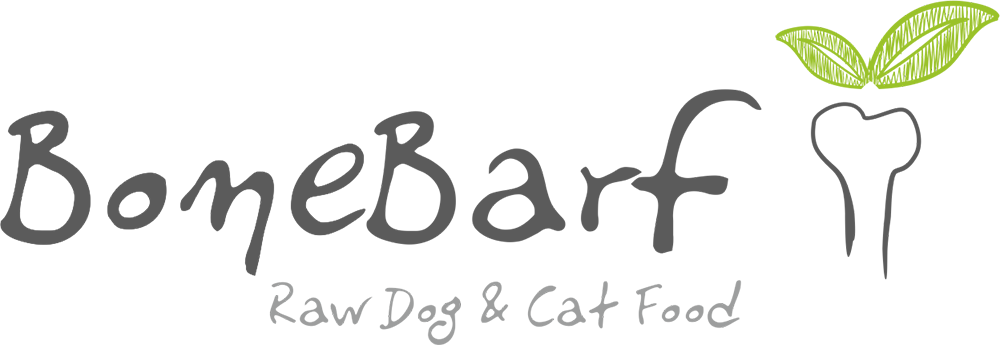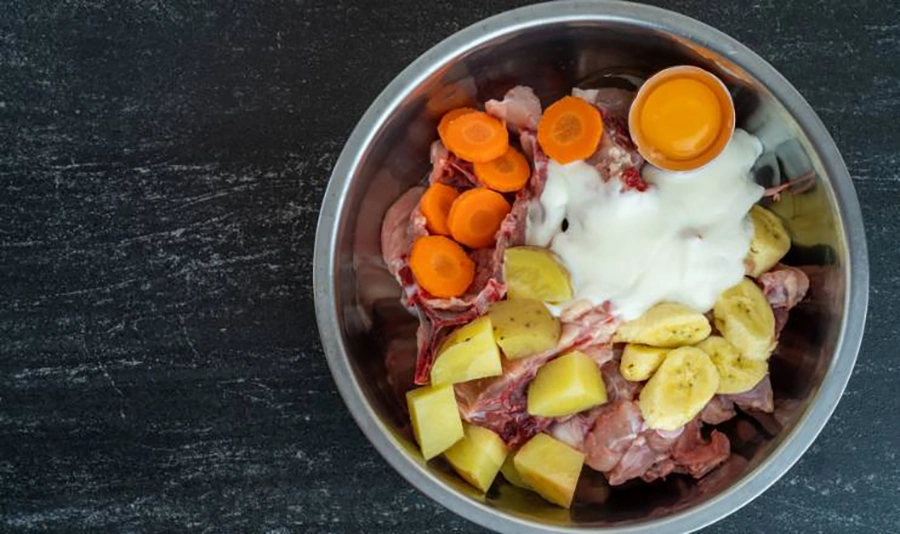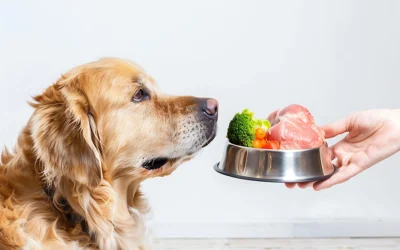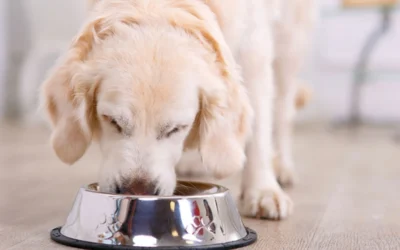There are a few things you need to do before deciding to feed your dog a raw diet. Make sure you go through all the steps below to fully understand how to correctly transition from kibble to raw feeding.
- Calculate the Right Amount to Feed.
- It is recommended to start with meals weighing 2.5% of your pet’s total body weight.
The First Week of Transition.
During the first week of transitioning from kibble to BARF, feed your dog only white meats and bones. Additional proteins such as red meat and organs should be introduced later. This initial diet helps your dog adapt to its new food.
A diet that is too rich in various foods can cause diarrhea and digestive disturbances.
Therefore, do not mix raw food with any other type of food. Continue feeding your dog only BARF during this stage.
For the start of the transition, chicken is recommended because it is rich in protein and an excellent starting point. Adding extra bones in the first meals during the transition period helps stabilize the process.
Remember: always feed pieces that are appropriate for your pet’s size and eating habits.
Start with Chicken. It is wise to begin with chicken to see how the transition goes.
Continue with white meat and bones until your dog’s stool stabilizes. This can take anywhere from one to two weeks for a dog to fully adjust to a raw diet. Red meat is essential for a complete raw diet and should be introduced after a successful week on white meat.
Monitor Your Dog’s Stool. Check your dog’s stool frequently during the transition process. If it loosens, slow down the addition of new ingredients.
If your dog experiences digestive upset or diarrhea for two or more days, avoid excessive fat and increase the bone content. Additionally, give probiotics 15 minutes before each meal until the stool firms up again. A firm and stable stool is a sign your dog is ready for the next step.





